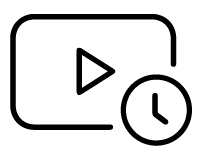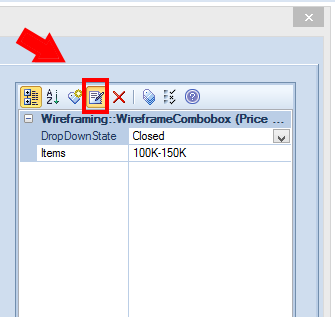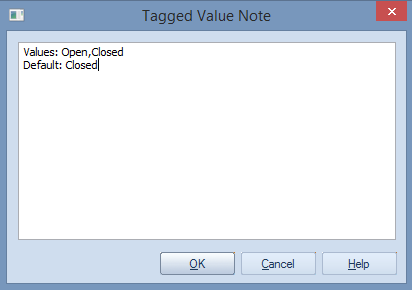The second set of changes will replace the first. No warning is issued, as the merge capability is not intended to be used to enable authors to edit the same elements at the same time. To prevent this scenario, you would still need to use Enterprise Architect's role-based security (locking) and/or version control capabilities. Also the Baseline Compare & Merge feature would still be useful to identify and resolve conflicts in such an editing scenario.
The Merge File capability is ideal in the scenario when users are editing separate parts (as in separate elements, diagrams or sub-packages) within the same containing package.
 Enterprise ArchitectPro Cloud ServerProlaborate
Enterprise ArchitectPro Cloud ServerProlaborate

 PDF BibliothèqueUtilisateurs enregistrésTous Utilisateurs
PDF BibliothèqueUtilisateurs enregistrésTous Utilisateurs
 Connectez
Connectez




